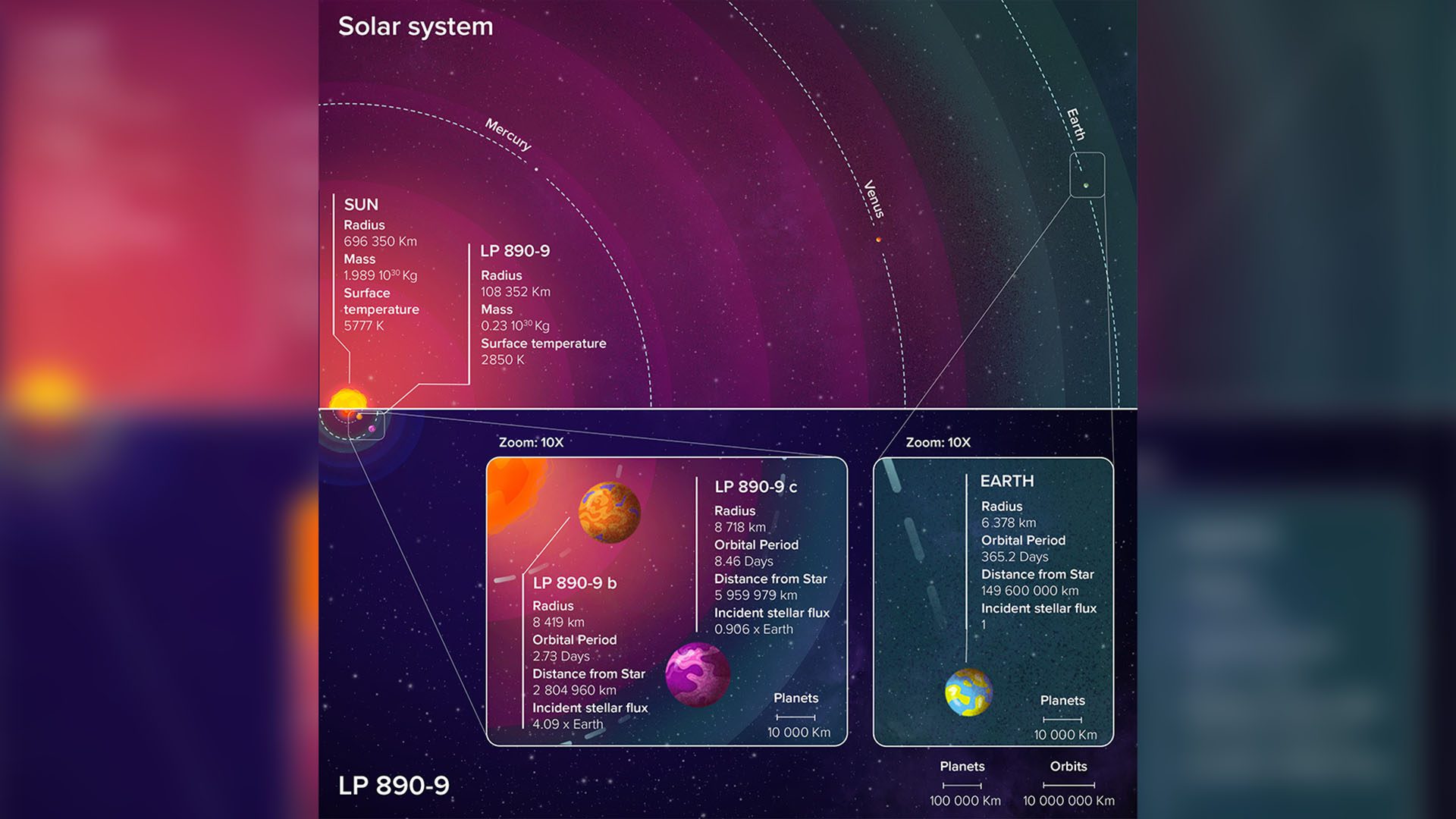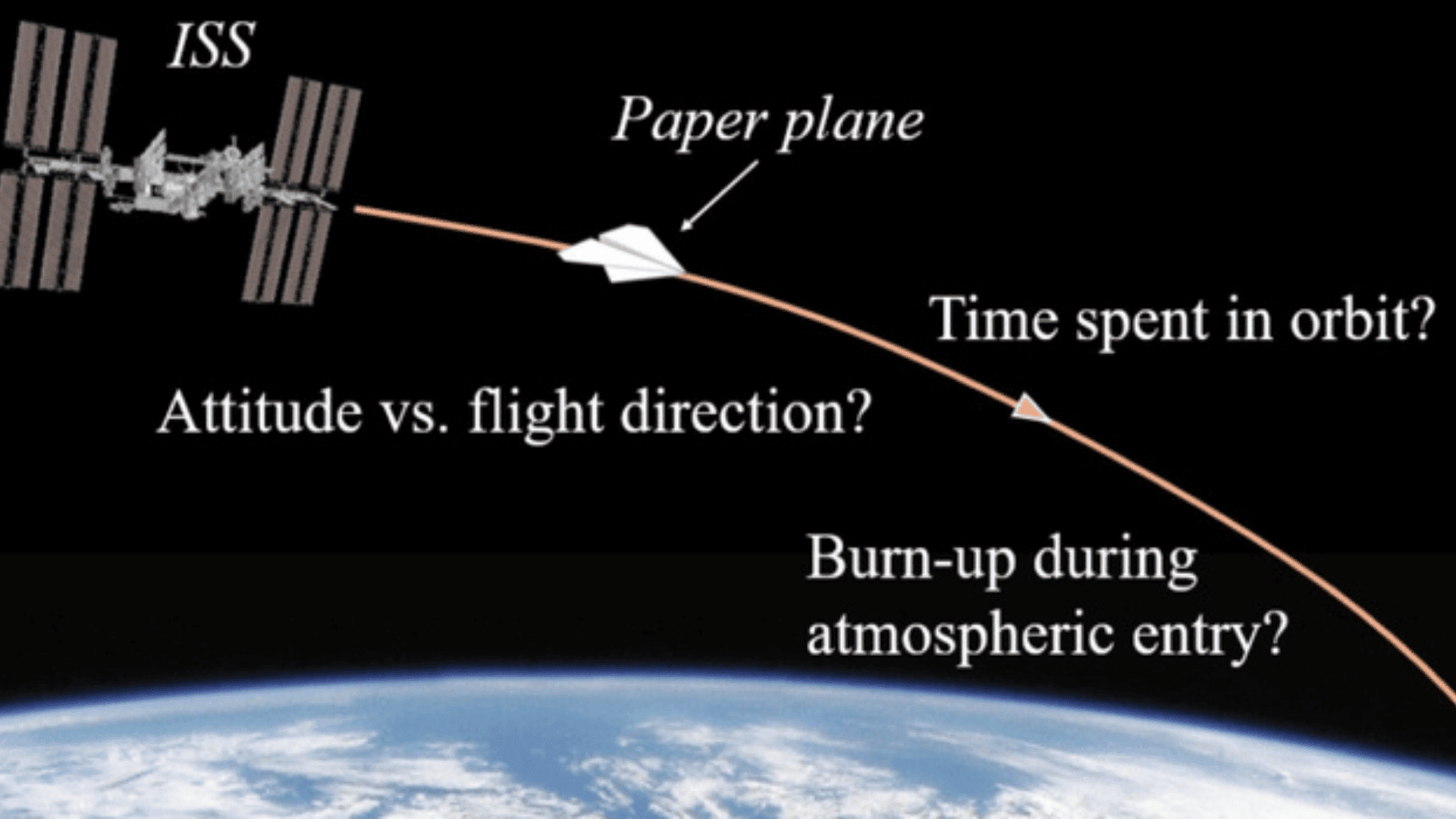A team of international researchers discovered a “super-Earth” planet less than 100 light years away that could be suitable for life. This planet (LP 890-9c) was discovered to be orbiting a red dwarf star alongside another super-Earth planet (LP 890-9b).
The discovery was made by NASA’s Transiting Exoplanet Survey Satellite (TESS) in collaboration with telescopes from the University of Liège’s Search for Habitable Planets Eclipsing Ultra-Cool Stars (SPECULOOS). The scientists observed this distant solar system and found the existence of another planet in it. This planet was first captured by TESS and was later confirmed to be an exoplanet by SPECULOOS. It is about 30 percent larger than Earth but orbits the sun too closely to support life.

After further investigation, scientists discovered another super-Earth planet that could possibly support life because of its orbit in a star’s habitable zone. A habitable zone is the distance from a star at which liquid water could exist on orbiting planets’ surfaces.
The planet is about 40 percent larger than the Earth with a radius of 5,400 miles. Based on its size, the planet is expected to be rocky. Additionally, scientists predict that the planet is tidally locked to its star, meaning that it’s always daytime on one side and always night on the other.
Researchers plan on studying the planet’s atmosphere further to determine how habitable it could be. The James Webb Space Telescope may also be used to study its atmosphere and look for signs of life; the researchers plan to submit a proposal to observe the planet with Webb next year. As lead researcher Laetitia Delrez explained, “The discovery of LP 890-9c, therefore, offers a unique opportunity to better understand and constrain the habitability conditions around the smallest and coolest stars in our solar neighborhood.”
For more space news, check out James Webb’s incredible images of Neptune, a new proposal for an extremely powerful nuclear reactor in space, the graphic designer behind the James Webb Telescope images, and Hilton’s plan to build a space hotel.







